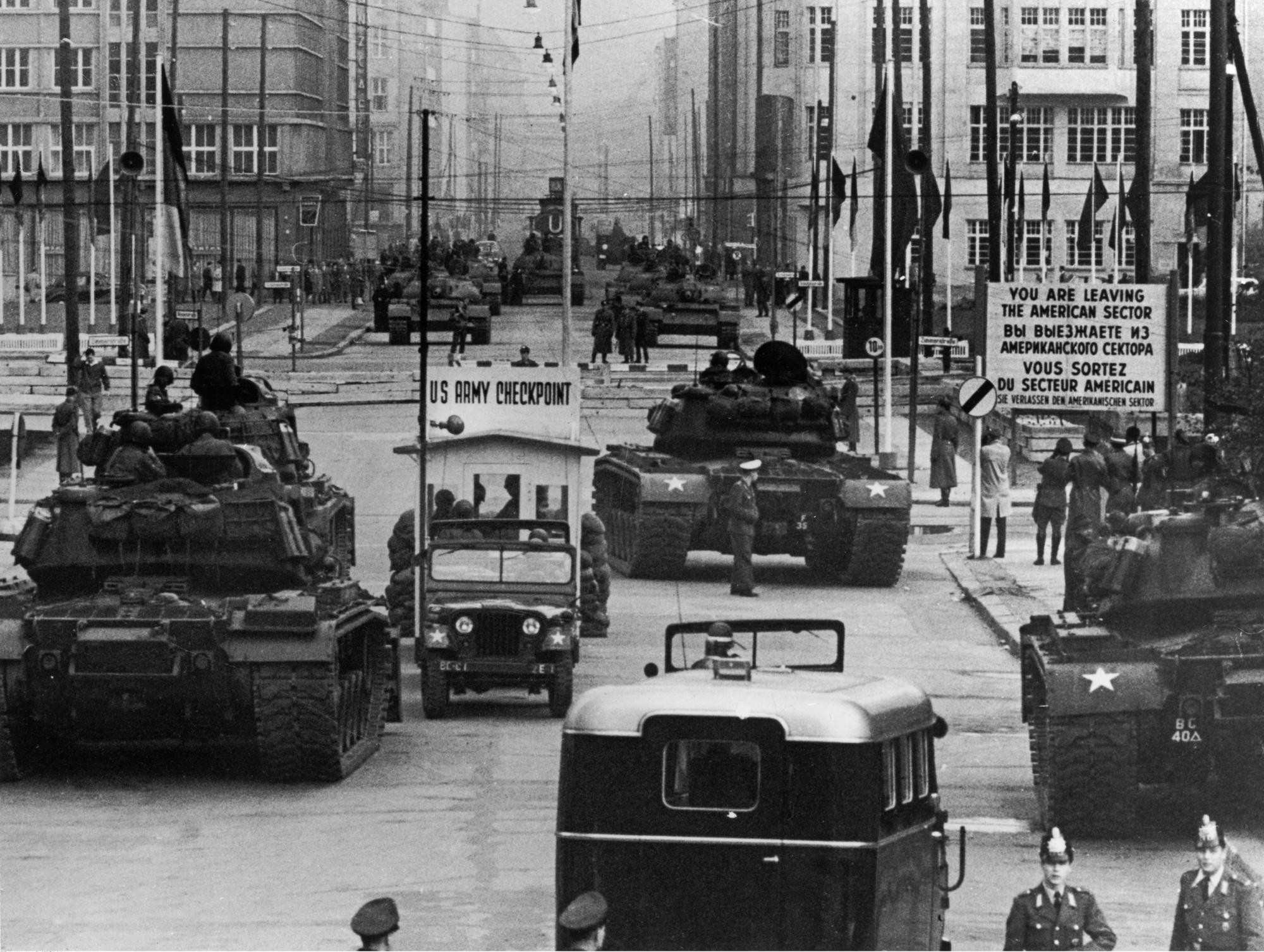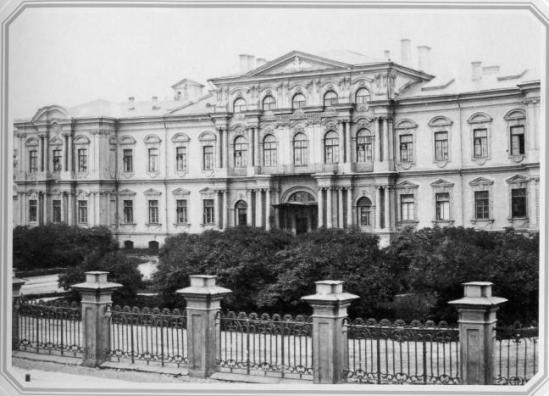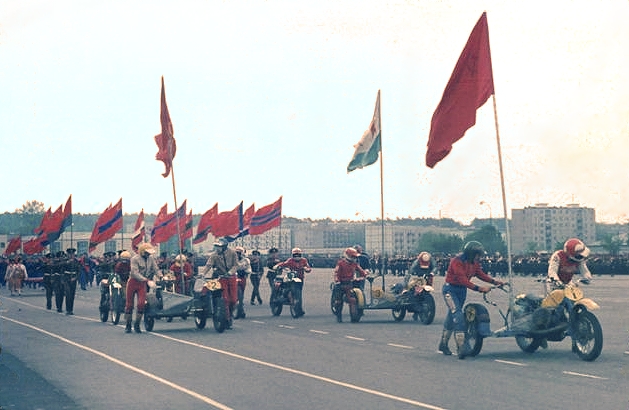|
Alexander Lukyanenko
Major General Alexander Alexeyevich Lukyanenko (russian: Александр Алексеевич Лукьяненко) (born 13 September 1961 in Budapest, Hungary) is a Transnistrian politician who served as the 3rd Minister of Defence of Transnistria from 2012 to 2015 in the government of President Yevgeny Shevchuk. He was born in Budapest, the capital of Hungarian People's Republic, as the son of a soldier serving with the Central Group of Forces. In 1978, he graduated from a Suvorov Military School in Ussuriysk and then at the Tashkent Higher All-Arms Command School in 1982. Throughout the next 30 years, he served in various units within the Soviet Army and the Armed Forces of Transnistria. On 26 January 2012, he was appointed Minister of Defense of the PMR. In August of that year, he was promoted to Major General Major general (abbreviated MG, maj. gen. and similar) is a military rank used in many countries. It is derived from the older rank of sergeant major general. ... [...More Info...] [...Related Items...] OR: [Wikipedia] [Google] [Baidu] |
Лукьяненко Александр Алексеевич во время парада - Донор
Lukyanenko, often spelled Lukianenko, is a surname of Ruthenian origin. People *Artem Lukyanenko (b. 1990), Russian decathlete *Larisa Lukyanenko (born 1973), Belarusian individual rhythmic gymnast * Levko Lukyanenko (1928-2018), Ukrainian politician and Soviet dissident * Sergei Lukyanenko (born 1968), Russian science fiction and fantasy author * Yevgeniy Lukyanenko (born 1985), Russian pole vaulter Pole vaulting, also known as pole jumping, is a track and field event in which an athlete uses a long and flexible pole, usually made from fiberglass or carbon fiber, as an aid to jump over a bar. Pole jumping competitions were known to the My ... See also * {{surname Ukrainian-language surnames ... [...More Info...] [...Related Items...] OR: [Wikipedia] [Google] [Baidu] |
Ussuriysk
Ussuriysk (russian: Уссури́йск) is a city in Primorsky Krai, Russia, located in the fertile valley of the Razdolnaya River, north of Vladivostok, the administrative center of the krai, and about from both the China–Russia border and the Pacific Ocean. Population: It was previously known as ''Nikolskoye'' (until 1898), ''Nikolsk-Ussuriysky'' (until 1935), ''Voroshilov'' (until 1957). History Medieval history The area of what now is Ussuriysk was settled by Yulou Mohe tribes. From the mid-9th century, it became Solbin-bu of the Balhae Kingdom. It is then populated by the Dōnghǎi Jurchens, under control of Liao dynasty. The city then become capital of Jīn Dynasty's Sùpín circuit (速頻路). Then it went under control of Yuan, Ming and Qing dynasties respectively and known as (). Modern era In 1866, the settlement of Nikolskoye () was founded on the area of today's Ussuriysk, named after Saint Nicholas. Due to its advantageous geographic location at t ... [...More Info...] [...Related Items...] OR: [Wikipedia] [Google] [Baidu] |
Transnistrian Politicians
Transnistria, officially the Pridnestrovian Moldavian Republic (PMR), is an unrecognised breakaway state that is internationally recognised as a part of Moldova. Transnistria controls most of the narrow strip of land between the Dniester river and the Moldovan–Ukrainian border, as well as some land on the other side of the river's bank. Its capital and largest city is Tiraspol. Transnistria has been recognised only by three other unrecognised or partially recognised breakaway states: Abkhazia, Artsakh and South Ossetia. Transnistria is officially designated by the Republic of Moldova as the Administrative-Territorial Units of the Left Bank of the Dniester ( ro, Unitățile Administrativ-Teritoriale din stînga Nistrului) or as ("Left Bank of the Dniester"). The Council of Europe considers the territory to be under military occupation by Russia. The region's origins can be traced to the Moldavian Autonomous Soviet Socialist Republic, which was formed in 1924 within the ... [...More Info...] [...Related Items...] OR: [Wikipedia] [Google] [Baidu] |
Soviet Military Personnel
The Soviet Union,. officially the Union of Soviet Socialist Republics. (USSR),. was a transcontinental country that spanned much of Eurasia from 1922 to 1991. A flagship communist state, it was nominally a federal union of fifteen national republics; in practice, both its government and its economy were highly centralized until its final years. It was a one-party state governed by the Communist Party of the Soviet Union, with the city of Moscow serving as its capital as well as that of its largest and most populous republic: the Russian SFSR. Other major cities included Leningrad (Russian SFSR), Kiev (Ukrainian SSR), Minsk (Byelorussian SSR), Tashkent (Uzbek SSR), Alma-Ata (Kazakh SSR), and Novosibirsk (Russian SFSR). It was the largest country in the world, covering over and spanning eleven time zones. The country's roots lay in the October Revolution of 1917, when the Bolsheviks, under the leadership of Vladimir Lenin, overthrew the Russian Provisional Government tha ... [...More Info...] [...Related Items...] OR: [Wikipedia] [Google] [Baidu] |
Living People
Related categories * :Year of birth missing (living people) / :Year of birth unknown * :Date of birth missing (living people) / :Date of birth unknown * :Place of birth missing (living people) / :Place of birth unknown * :Year of death missing / :Year of death unknown * :Date of death missing / :Date of death unknown * :Place of death missing / :Place of death unknown * :Missing middle or first names See also * :Dead people * :Template:L, which generates this category or death years, and birth year and sort keys. : {{DEFAULTSORT:Living people 21st-century people People by status ... [...More Info...] [...Related Items...] OR: [Wikipedia] [Google] [Baidu] |
1961 Births
Events January * January 3 ** United States President Dwight D. Eisenhower announces that the United States has severed diplomatic and consular relations with Cuba (Cuba–United States relations are restored in 2015). ** Aero Flight 311 (Koivulahti air disaster): Douglas DC-3C OH-LCC of Finnish airline Aero crashes near Kvevlax (Koivulahti), on approach to Vaasa Airport in Finland, killing all 25 on board, due to pilot error: an investigation finds that the captain and first officer were both exhausted for lack of sleep, and had consumed excessive amounts of alcohol at the time of the crash. It remains the deadliest air disaster to occur in the country. * January 5 ** Italian sculptor Alfredo Fioravanti marches into the U.S. Consulate in Rome, and confesses that he was part of the team that forged the Etruscan terracotta warriors in the Metropolitan Museum of Art. ** After the 1960 military coup, General Cemal Gürsel forms the new government of Turkey (25th gov ... [...More Info...] [...Related Items...] OR: [Wikipedia] [Google] [Baidu] |
Armed Forces Of Transnistria
The Armed Forces of the Pridnestrovian Moldavian Republic ( ro, Forțele armate ale Republicii Moldovenești Nistrene, Moldovan Cyrillic: Форцеле армате але Републичий Молдовенешть Нистрене; russian: Вооружённые силы Приднестровской Молдавской Республики; uk, Збройні сили Придністровської Молдавської Республіки) are the military forces of the unrecognized state of Transnistria. The Armed Forces fall under the leadership of the Ministry of Defence. The Armed Forces were created on 6 September 1991 to maintain the sovereignty and independence of the Pridnestrovian Moldavian Republic, in accordance with Article 11 of the Republic's Constitution. History On 6 September 1991, the Supreme Soviet of Transnistria adopted a resolution which called for the formation of a Transnistrian military unit. As a result, the Transnistria Republican Guar ... [...More Info...] [...Related Items...] OR: [Wikipedia] [Google] [Baidu] |
Soviet Army
uk, Радянська армія , image = File:Communist star with golden border and red rims.svg , alt = , caption = Emblem of the Soviet Army , start_date = 25 February 1946 , country = (1946–1991)' (1991–1992) , branch = , type = Army , role = Land warfare , size = 3,668,075 active (1991) 4,129,506 reserve (1991) , command_structure = , garrison = , garrison_label = , nickname = "Red Army" , patron = , motto = ''За нашу Советскую Родину!(Za nashu Sovetskuyu Rodinu!)''"For our Soviet Motherland!" , colors = Red and yellow , colors_label = , march ... [...More Info...] [...Related Items...] OR: [Wikipedia] [Google] [Baidu] |
Tashkent Higher All-Arms Command School
The Tashkent Higher All-Arms Command School () was a military academy of the Ministry of Defense of Uzbekistan. It was previously known as the Tashkent Higher Combined Arms Command School named after Vladimir Lenin (). It was one of the oldest military establishments of the USSR preparing infantry officers for the Soviet Army. The school was disbanded after former Uzbek SSR gained independence in 1991 and became the Republic of Uzbekistan. The last banner of the school was removed from the No. 1 Guard Post and deposited into the State Museum of the Armed Forces of Uzbekistan. History TVOKU, or as it was called colloquially, the Leninsky College was founded on July 12, 1918, when the Military Commissariat of the Turkestan Soviet Republic ordered the government to organize the Turkestan Soviet command courses in Central Asia for the training of Bolshevik commanders. On the 31st of that month, it was announced that a command school would be created in Tashkent. On September ... [...More Info...] [...Related Items...] OR: [Wikipedia] [Google] [Baidu] |
Suvorov Military School
The Suvorov Military Schools (russian: Суворовское военное училище) are a type of boarding school in the former Soviet Union and in modern Russia and Belarus for boys of 10–17. Education in these schools focuses on military related subjects. The schools are named after Alexander Suvorov, a well-known 18th century general. Their naval counterparts among Russian military schools are the Nakhimov Naval Schools. They are named after Pavel Nakhimov, the 19th century admiral. History The Suvorov and Nakhimov school models were created during the Second World War in December 1943 to provide boys of school age, particularly those from families of military personnel, with a secondary education specializing in military (army, navy, intelligence, etc.) subjects and training. Boarding school aspect was particularly important at the time because many students were war orphans, who were either without parents or with only a surviving mother, unable to support the ... [...More Info...] [...Related Items...] OR: [Wikipedia] [Google] [Baidu] |
Major General
Major general (abbreviated MG, maj. gen. and similar) is a military rank used in many countries. It is derived from the older rank of sergeant major general. The disappearance of the "sergeant" in the title explains the apparent confusion of a lieutenant general outranking a major general, whereas a major outranks a lieutenant. In the Commonwealth and in the United States, when appointed to a field command, a major general is typically in command of a division consisting of around 6,000 to 25,000 troops (several regiments or brigades). It is a two-star rank that is subordinate to the rank of lieutenant general and senior to the rank of brigadier or brigadier general. In the Commonwealth, major general is equivalent to the navy rank of rear admiral. In air forces with a separate rank structure (Commonwealth), major general is equivalent to air vice-marshal. In some countries including much of Eastern Europe, major general is the lowest of the general officer ranks, wit ... [...More Info...] [...Related Items...] OR: [Wikipedia] [Google] [Baidu] |
Central Group Of Forces
The Central Group of Forces (Russian: Центральная группа войск) was a formation of the Soviet Armed Forces used to incorporate Soviet troops in Central Europe on two occasions: in Austria and Hungary from 1945 to 1955 and troops stationed in Czechoslovakia after the Prague Spring of 1968. History First formation After the end of the Second World War, the Soviet High Command (Stavka) reorganized its troops on the territories it liberated from the Nazi occupation and now occupied. Stavka Directive Nr 11097 on 10 June 1945 created several new formations, known as ''Groups of Forces'', equivalent to military districts but located outside the Soviet Union. The Central Group of Forces was created around that time from the 1st Ukrainian Front to control troops in Austria and Hungary, and did so from 1945 until 1955, when Soviet troops were withdrawn from Austria after the Austrian State Treaty was agreed. Its first commander was Marshal of the Soviet Union Iv ... [...More Info...] [...Related Items...] OR: [Wikipedia] [Google] [Baidu] |




